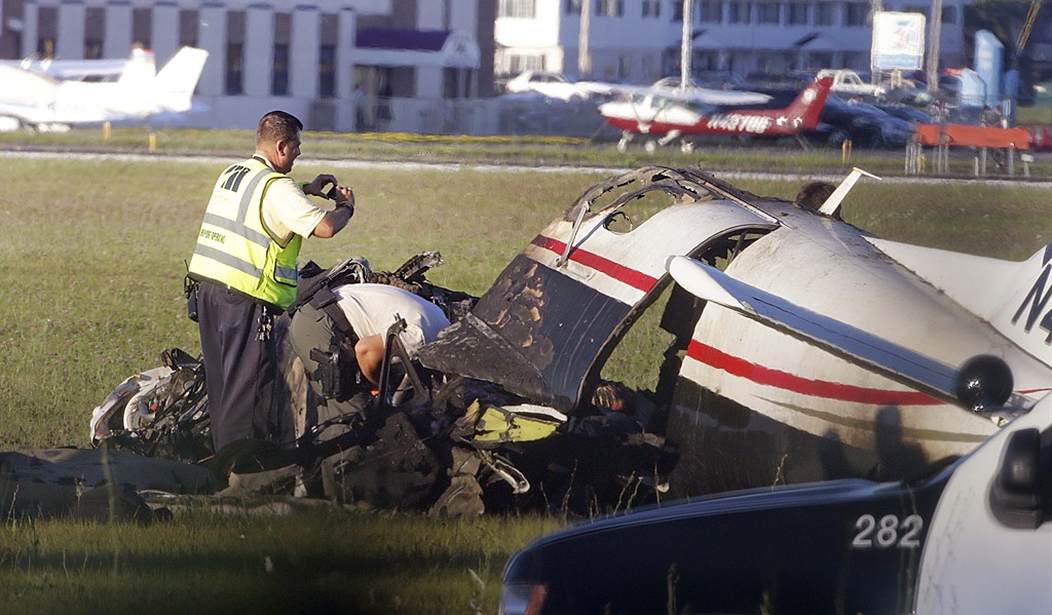Advertisement
An era of heightened criticisms have led to the fallacious assumption that any and all action taken by a member of the law enforcement community is untoward at best and outright criminal at worst.
These assumptions in turn erode the foundation of trust between law enforcement and the community and in so doing makes effective policing increasingly difficult.
In this scenario, not only does the law enforcement community suffer but so do members of the general public who simply want to live without the increased and unnecessary risk of being victimized by an emboldened criminal element.
Take, for example, the irrational response that anti-law enforcement protesters took last week when they observed police officers in Cleveland detaining a 14-year-old African American teenager.
Immediately assuming the officers' interaction with the young man was inappropriate, many protesters linked arms and surrounded the officer's patrol car, preventing police from leaving the area with the young man.
Needless to say, the presumptuous and ill-conceived actions on the part of the protesters instigated a confrontation with police that necessitated the use of pepper spray to move the protesters and allow for the safe removal of the young man from the area.
Recommended
Advertisement
Why were police in such a rush to transport the young man out of the area and away from the aggressive confrontation initiated by the protesters?
Well, unlike the presumptive reality motivating the protesters' actions, officers were actually attempting to transport the young man, suspected of extreme intoxication, to an area to receive medical attention.
Examples of such brazen, anti-police activity are becoming more and more common in society as the maintenance of law and order and the value placed on the supportive role of law enforcement declines relative to the ascendance of inflammatory, and often unreasonable, anti-police rhetoric.
None of this changes the cold, hard reality of being a police officer in America; it only makes it more difficult.
Police officers continue to provide the only tangible barrier between law abiding members of the public and those who seek to victimize and exploit others.
And the work of a law enforcement officer remains one mired in danger and adversity.
Preliminary data regarding law enforcement officers killed or assaulted in the line of duty for 2014 was released in May and the numbers offer a stark reminder of just how dangerous it is to be a police officer in the United States.
Officers feloniously killed in the line of duty spiked to 51 in 2014 from 27 in 2013. The 2014 numbers remain close to the 35-year average of 64 officers feloniously killed per year (1980-2014) but the spike underscores just how tenuous an officer's safety is from day to day.
Advertisement
Although less discussed, the number of police officers assaulted in the line of duty also remains consistently high and disturbing. In 2013, the last year for which a complete data set is currently available, police officers were assaulted 49,851 times with nearly 30 percent of those incidents resulting in injury. That's a rate of nearly six officers assaulted in the line of duty every hour of every day.
Police work will never be glamorous nor will it ever be devoid of risk but it can be made more effective if the underlying relationship between the public and the law enforcement community returns to one predicated upon trust and mutual understanding and not one based upon inflammatory and divisive rhetoric.

























Join the conversation as a VIP Member